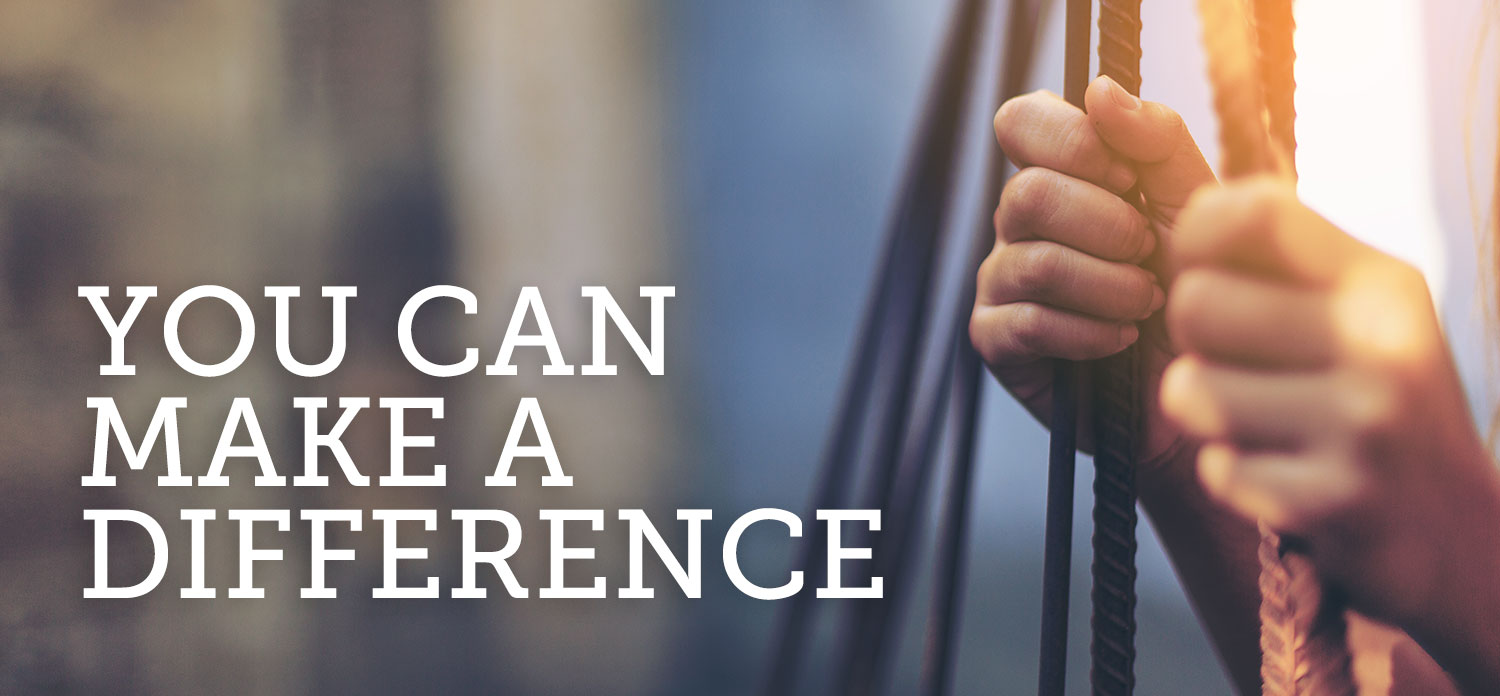Know the Facts
0
youth are at risk of being trafficked every day in the USA.
0
is the average age a sex trafficking victim is first sold.
0
is the average number of times a sex trafficking victim is raped.
0 in 100
are the odds of escape.
0 years
is the average life span for those who don’t escape, once trafficked.
Victims come from ALL demographics, ALL communities.
The Global Problem
According to the 2017 “Human Trafficking by the Numbers (humanrightsfirst.org):
- An estimated 24.9 million victims are trapped in modern-day slavery. Of these:
- 16 million (64%) were exploited for labor,
- 4.8 million (19%) were sexually exploited,
- 4.1 million (17%) were exploited in state-imposed forced labor
- Forced labor takes place in many different industries. Of the 16 million trafficking victims exploited for labor:
- 7.5 million (47%) forced labor victims work in construction, manufacturing, mining, or hospitality
- 3.8 million (24%) forced labor victims are domestic workers
- 1.7 million (11%) forced labor victims work in agriculture
- 71% of trafficking victims around the world are women and girls and 29% are men and boys.
- 15.4 million victims (75%) are aged 18 or older, with the number of children under the age of 18 estimated at 5.5 million (25%).
- The Asia-pacific region accounts for the largest number of forced laborers— 15.4 million (62% of the global total). Africa has 5.7 million (23%) followed by Europe and Central Asia with 2.2 million (9%). The Americas account for 1.2 million (5%) and the Arab States account for 1% of all victims.
- Human trafficking does not always involve travel to the destination of exploitation: 2.2 million (14%) of victims of forced labor moved either internally or internationally, while 3.5 million (74%) of victims of sexual exploitation were living outside their country of residence.
- Victims spend an average of 20 months in forced labor, although this varied with different forms of forced labor.
- While only 19% of victims are trafficked for sex, sexual exploitation earns 66% of the global profits of human trafficking. The average annual profits generated by each woman in forced sexual servitude ($100,000) is estimated to be six times more than the average profits generated by each trafficking victim worldwide ($21,800), according to the Organization for Security and Co-operation in Europe (OSCE).
- OSCE studies show that sexual exploitation can yield a return on investment ranging from 100% to 1,000%, while an enslaved laborer can produce more than 50% profit even in less profitable markets (e.g., agricultural labor in India).
- While sexual exploitation generates profits, forced labor saves costs. In one case, Chinese kitchen workers were paid $808 for a 78-hour work week in Germany. According to German law, a cook was entitled to earn $2,558 for a 39-hour work week according to the OSCE.
United States
- 4.5M victims trafficked in the U.S.A
- A $32 billion-a-year industry, human trafficking is on the rise and is in all 50 states (U.S. Government)
- In the USA, sex trafficking comprises more than 80% of all human trafficking. However, labor trafficking is on the increase
- It is estimated that there are over 300,000 new sex trafficked victims each year.
- 80% are female
- Nearly half are children
- 18,000-20,000 victims are brought into the USA from another country
- 75% of victims are trafficked online
- Over 50% of exploited adults were first trafficked as children
- Teen homelessness is the single biggest factor for being sexually assaulted
- The State Department estimates that 14,500 to 17,500 people are trafficked into the USA each year
- New York, Texas and Florida have the highest incidence of sex trafficking (Human Trafficking Hotline)
- According to the Urban Center Study, 71% of labor trafficking victims come into the country legally
- Migrant workers come to the USA on legal visas tied to their employer
- Labor Trafficking in the USA is most prevalent in:
- Hospitality business (hotels, restaurants)
- Private Residences (nannies, housekeepers, cooks)
- Farms
- The U.S. Department of Labor has identified 148 goods from 75 countries made by forced and child labor.
- In 2017, an estimated 1 out of 7 endangered runaways reported to the National Center for Missing and Exploited Children were likely child sex trafficking victims.
- Of those, 88% were in the care of social services or foster care when they ran.

